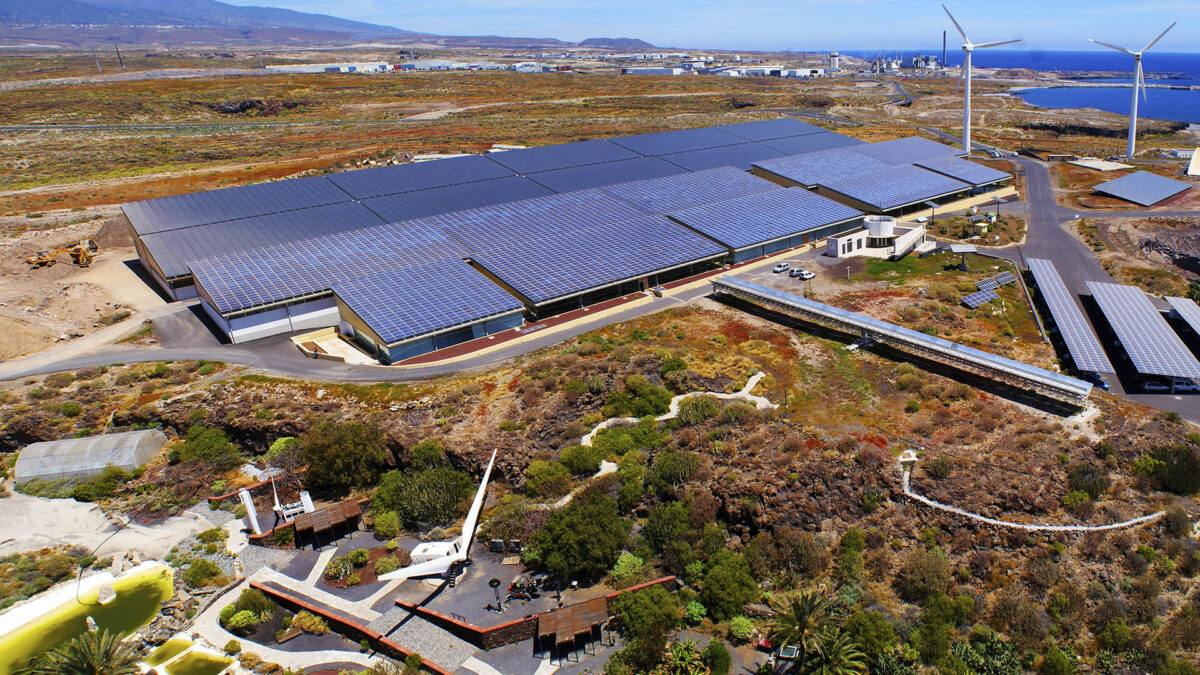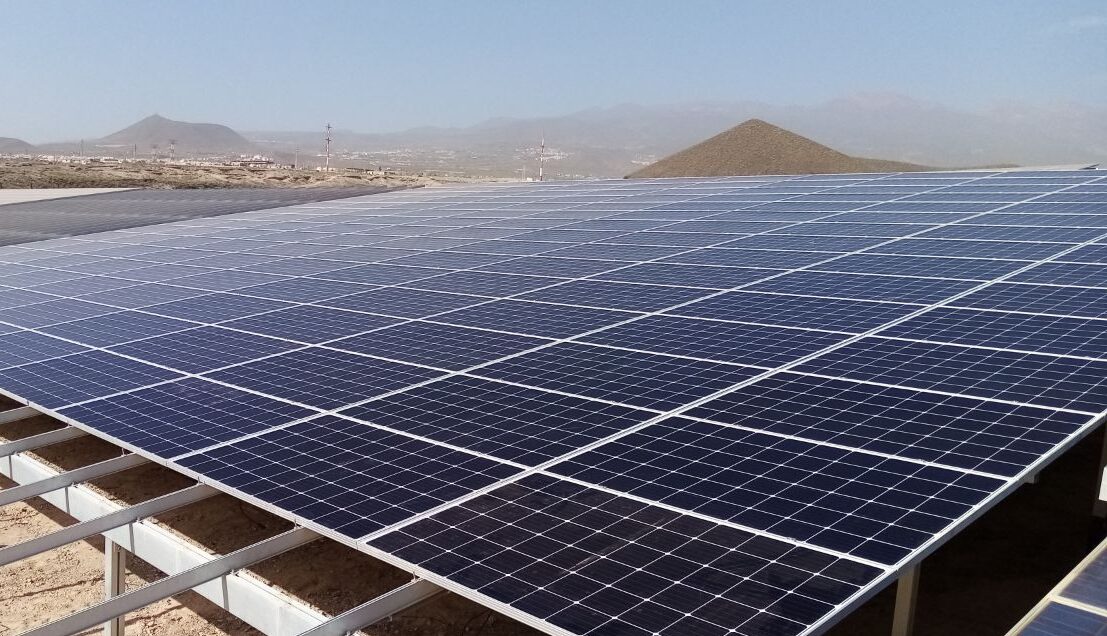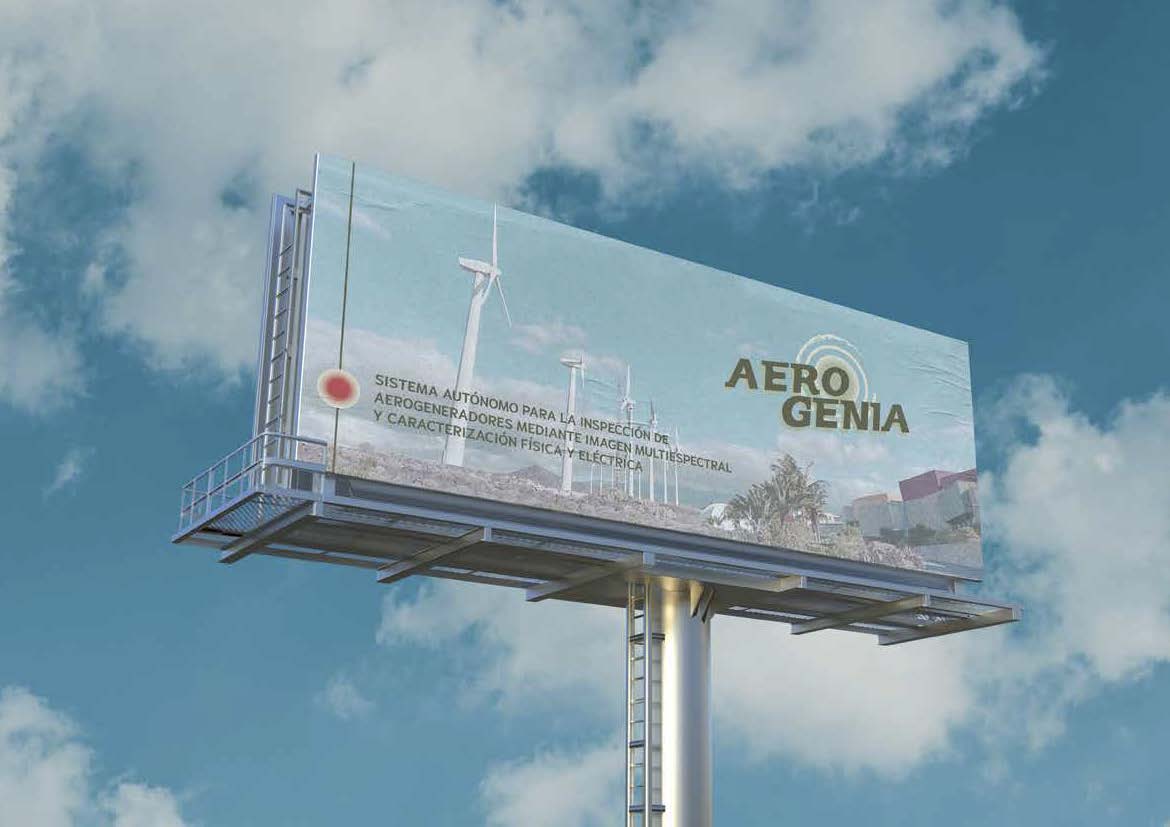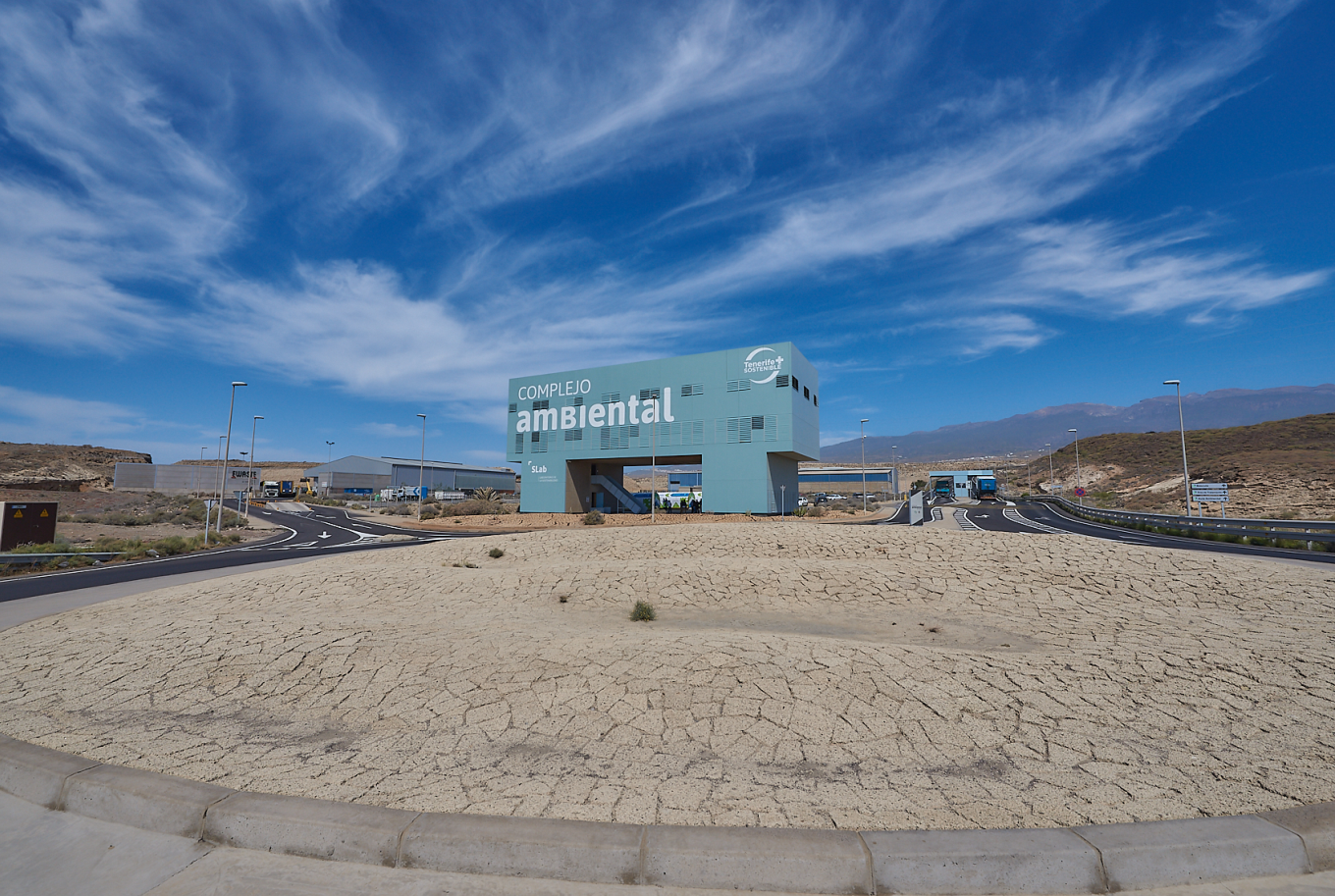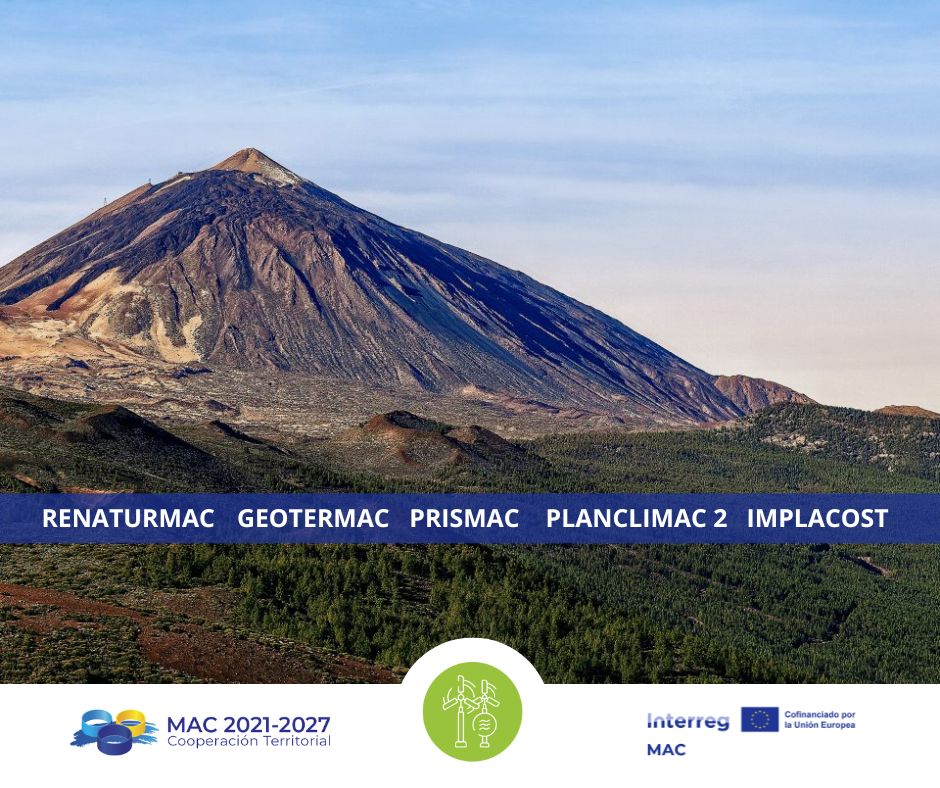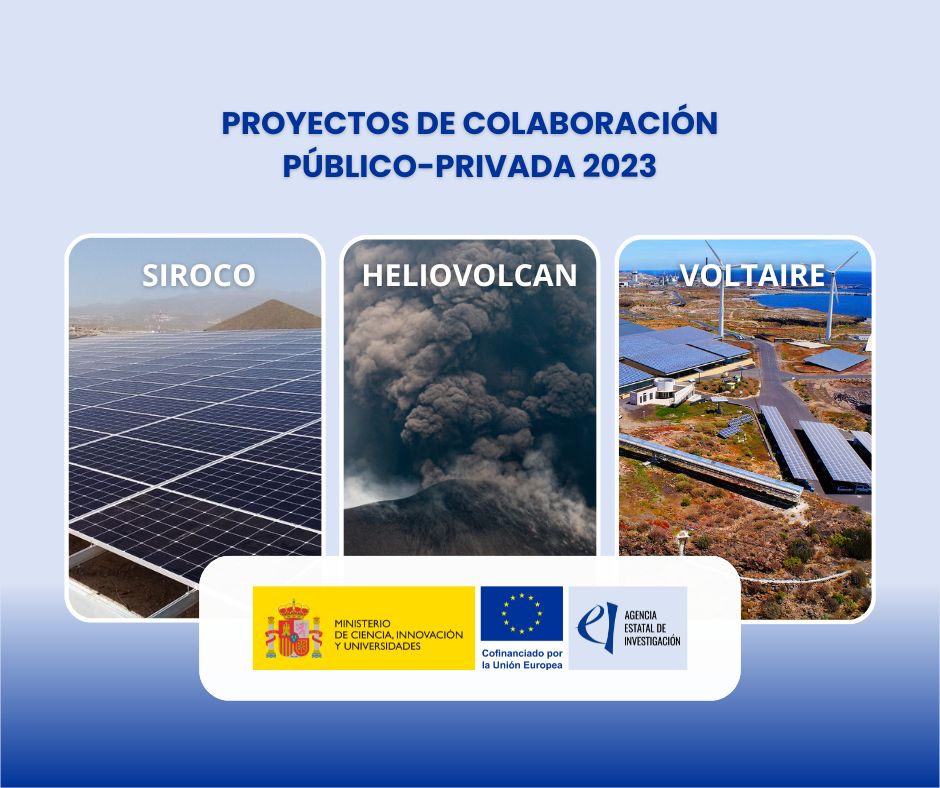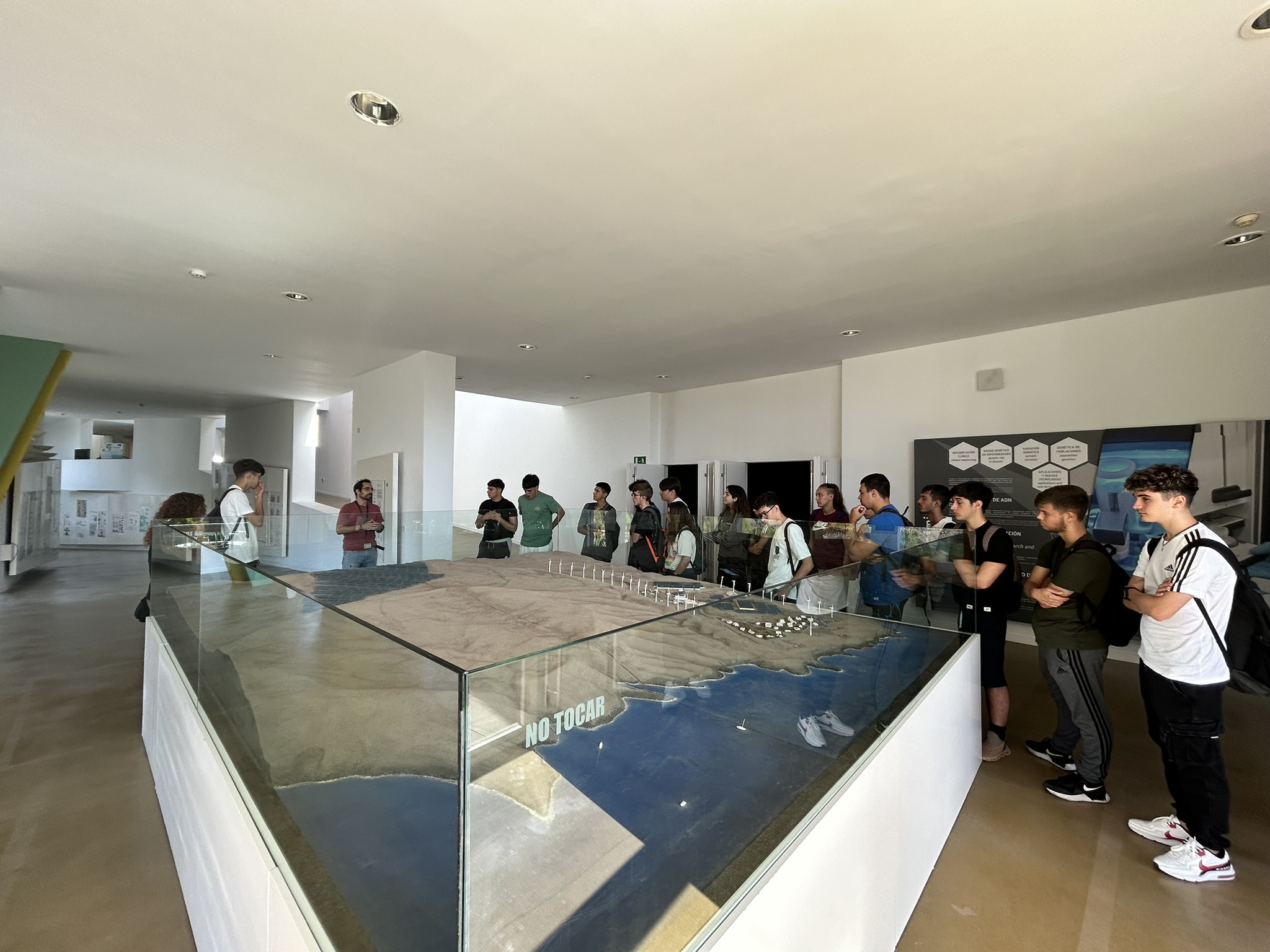This project led by ITER and involving the UPM through the Higher Technical School of Aeronautics and Space Engineering, and the company Aernnova Engineering Solutions, it aims to build a 16-metre-wide solar aircraft capable of flying autonomously. To this end, ITER is responsible for the energy and autonomous navigation system, UPM for aerodynamic design and Aernnova for structural design. The aircraft is powered exclusively by solar energy captured through photovoltaic cells that cover its wings, and has a storage system that allows it to fly at night and in low radiation conditions. It is intended to be a fully autonomous aircraft, capable of flying uninterrupted for the duration of its mission, with a navigation system capable of following a pre-defined or controlled trajectory from a station on the ground. Both the navigation system and the technique of laminating photovoltaic cells in wings have been developed by ITER in previous projects related to PRONTAS (EVAS and PROAVISOL).
Among the planned applications for this type of aircraft are Earth observation missions, surveillance (borders, fires, roads, large events), or the management of any type of catastrophe, when, for example, access to affected areas has been destroyed or human access may be dangerous.
Technical Specifications
| Wing geometric data | |
|---|---|
| Winspan | 16 m |
| Mean aerodynamic chord | 0.54 m |
| Wing area | 8,65 m2 |
| Propulsion system | |
| Motor | 4x High-efficiency brushless motor |
| Propeller | 4x Carbon fiber; 22″ diameter; high efficiency” |
| Energy storage | |
| Lithium-Ion Batteries | 8x 14.4V; 120Ah; 255 Wh/kg |
| Weight | 28 kg |
| Solar panels | |
| Power | 4x 412W (17,5 V; 23,5 A) |
| Efficiency | 24% (max. altitude) |
| Solars cells | Monocrystalline silicon; 156 x 156 mm; 200 micron thickness |
| Materials and structure | |
| Components | Carbon / Rohacell / Epoxy composites |
| Total weight | 102,185 kg |




